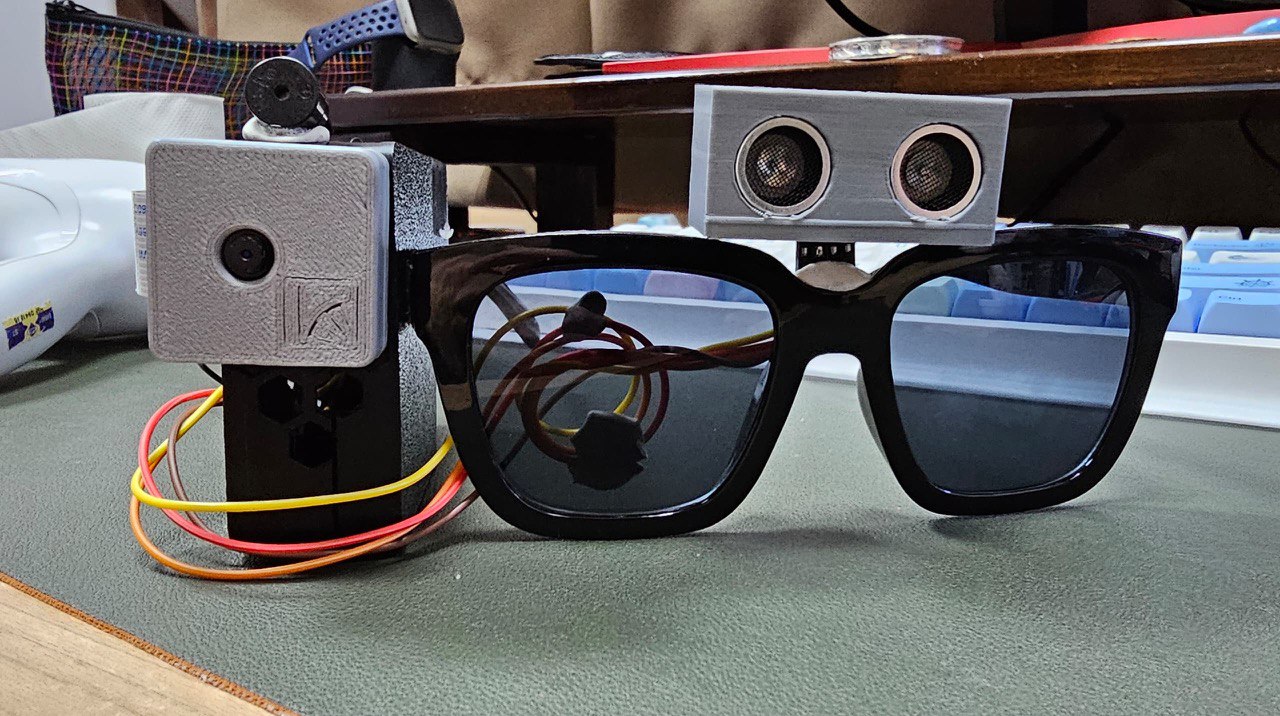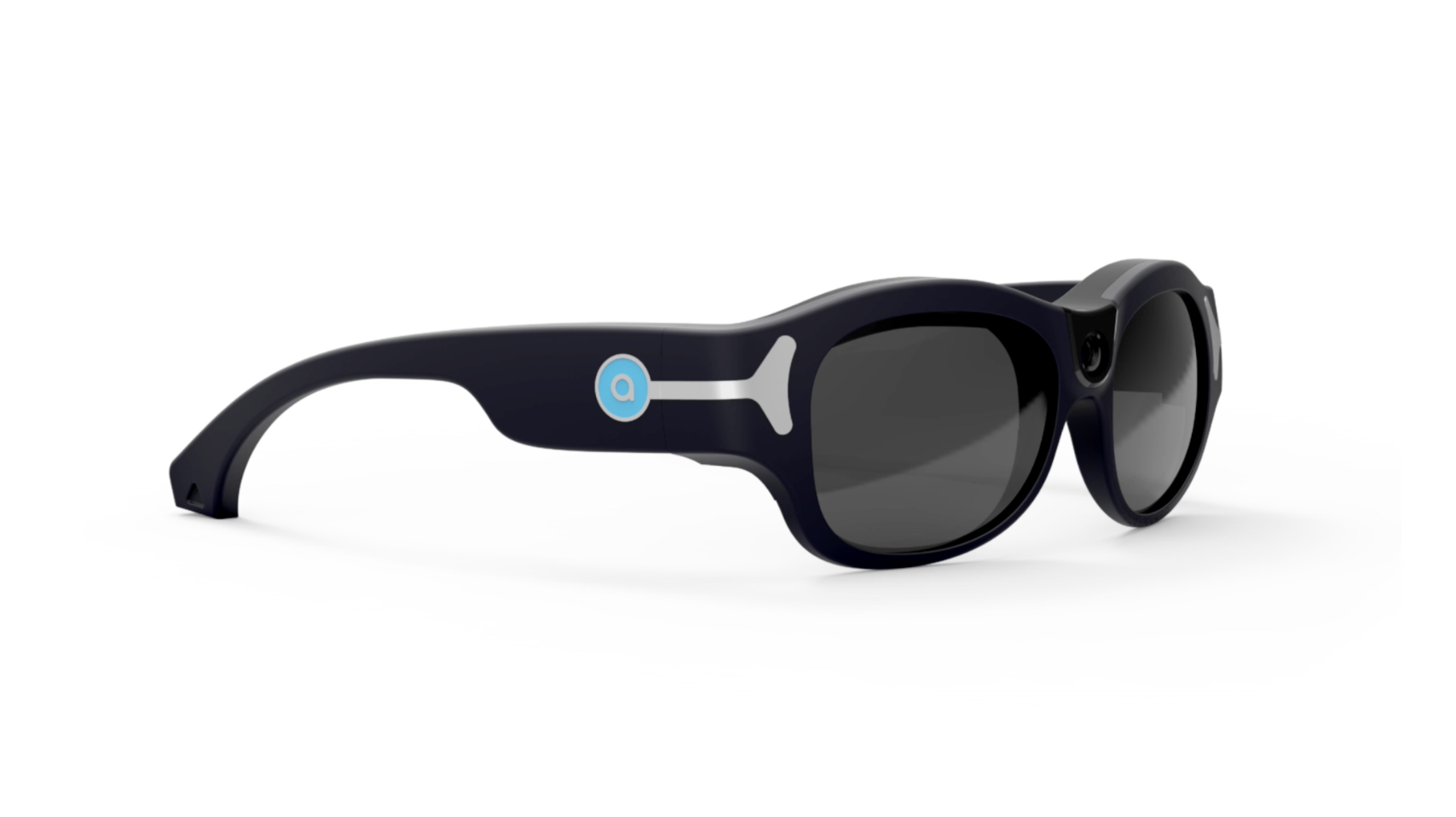The Future of Assistive Technology for the Blind: Empowering Independence
The Future of Assistive Technology for the Blind: Empowering Independence
Blog Article
Discover Advanced Assistive Devices for People With Visual Disabilities
The landscape of assistive innovation for people with aesthetic disabilities is developing rapidly, offering a range of ingenious tools that improve freedom and interaction. From clever glasses that flawlessly merge aesthetic input with acoustic advice to innovative navigation applications that redefine spatial understanding, these devices are improving possibilities.
Smart Glasses Innovations
Smart glasses represent a significant development in assistive technology for people with visual disabilities. Equipped with sensors and cameras, smart glasses can capture real-time visual info, which is after that refined and conveyed to the individual with audio responses or haptic experiences.
In addition, developments in artificial intelligence have further improved the capabilities of smart glasses. Maker knowing formulas can recognize faces, checked out message, and identify items, making them invaluable tools for day-to-day tasks. Customers can get acoustic cues that offer context concerning their environment, promoting independence and confidence.
In addition, the ergonomic style and light-weight nature of lots of wise glasses make them appropriate for long term use, guaranteeing comfort while enhancing performance. As these devices remain to advance, they hold the possible to change the way people with aesthetic impairments experience their lives, bridging the space in between accessibility and modern technology. The ongoing research study and growth in this field pledge to increase the possibilities for smart glasses, making them a crucial component of modern-day assistive gadgets.
Navigation Apps and Tools
Numerous navigation apps and devices have actually arised as important resources for people with aesthetic disabilities, dramatically improving their capacity to go across strange atmospheres. These modern technologies utilize general practitioner performance, audio hints, and real-time information to give customers with specific navigating aid.
One popular instance is the Aira application, which attaches users to trained representatives who can give aesthetic descriptions of environments and navigation support via an online video clip feed. This solution improves the individual's spatial awareness and confidence while browsing. An additional remarkable device is Seeing Eye GPS, which provides voice-guided navigating and sights, enabling customers to access important info concerning their environments.

As modern technology remains to breakthrough, the development of more advanced navigation tools guarantees to further encourage people with visual disabilities, promoting seamless movement and integration into diverse atmospheres. Such advancements are instrumental in promoting an extra inclusive society.
Braille Modern Technology Improvements
Over the last few years, improvements in Braille technology have actually significantly transformed how individuals with visual impairments gain access to details and involve with the globe around them. The development of portable Braille display screens has changed analysis by allowing users to connect wirelessly to tablet computers, smartphones, and computers. These tools convert message right into Braille in real-time, allowing seamless communication with electronic content.
Moreover, innovative Braille printers have arised, enhancing the production of responsive products. Modern embossers are much faster and extra reliable, enabling the rapid development of Braille documents and academic products. This performance lowers the time and cost related to creating Braille resources, making them extra obtainable to colleges and organizations.
In اپتومتريست addition, the integration of Braille with other modern technologies, such as artificial knowledge and device understanding, has actually opened up new methods for personalized knowing experiences. Voice acknowledgment and synthesis innovations can complement Braille, supplying an inclusive strategy to information circulation.
As the need for inclusive education and learning and office settings grows, these technological advancements play a crucial role in equipping people with visual disabilities, guaranteeing they have equal access to information and opportunities in different aspects of life.
Wearable Gadgets for Independence
A growing range of wearable devices is boosting freedom for people with visual impairments, offering cutting-edge services that boost navigation and day-to-day living. Braille displays and notetakers. These tools use sophisticated modern technologies to provide real-time responses and assistance, advertising autonomy in numerous settings

Wearable technology likewise consists of smartwatches that can be configured with ease of access attributes, enabling customers to receive notifications, track their areas, or even ask for help with the touch of a button. In addition, some devices include expert system to analyze the atmosphere, offering sound summaries of neighboring things or individuals.
Voice-Activated Assistive Solutions
Leveraging voice-activated assistive options has changed the landscape of support for individuals with visual problems, offering hands-free communication and accessibility to a selection of tasks. These modern technologies utilize all-natural language handling and expert system to enable customers to execute day-to-day activities through simple voice commands.

Moreover, recent improvements in voice recognition accuracy have actually boosted the customer experience dramatically, suiting diverse accents and speech patterns. This inclusivity guarantees that even more individuals can gain from these innovations, cultivating a greater feeling of freedom.
Final Thought
Finally, the growth of innovative assistive devices significantly enhances the freedom and lifestyle for individuals with visual impairments. Technologies such as wise glasses, navigating apps, Braille technology, wearable tools, and voice-activated options jointly promote a more inclusive atmosphere. These modern technologies empower users to browse their surroundings with confidence and engage even more totally with the world, eventually promoting higher access and level playing fields for individuals encountering aesthetic difficulties.
The landscape of assistive modern technology for individuals with visual problems is advancing rapidly, offering why not look here an array of cutting-edge devices that boost freedom and involvement.Smart glasses represent a substantial improvement in assistive modern technology for people with aesthetic disabilities. As these gadgets proceed to develop, they hold the potential to transform the means individuals with visual problems experience their daily lives, bridging the gap in between access and innovation.In current years, improvements in Braille modern technology have actually significantly changed just how individuals with visual disabilities gain access to information and engage with the globe around them. These innovations encourage individuals to navigate their surroundings with confidence and involve more fully with the world, ultimately promoting better access and equal possibilities for people dealing with aesthetic difficulties.
Report this page